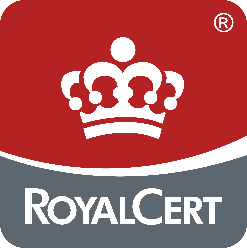Process and Installation Inspection
The process control is the assessment of the overall effectiveness of an intended business process across the organization. Process control is often limited to a specific process and its associated sub-processes. The process is controlled by sampling the statistics in various units of the organization. Statistical surveys covering all employees who carry out the activities and statistical data on the irregularities and exceptions are tried to be obtained. The final articles can be adapted to the whole company. In this way, the results of policy and process effectiveness are easily accessible because the inspection is carried out simultaneously on non-decentralized units and this method allows for easier assessment of systematic issues. Process inspections are considered as the most effective inspection approach to assuring management organizations.

